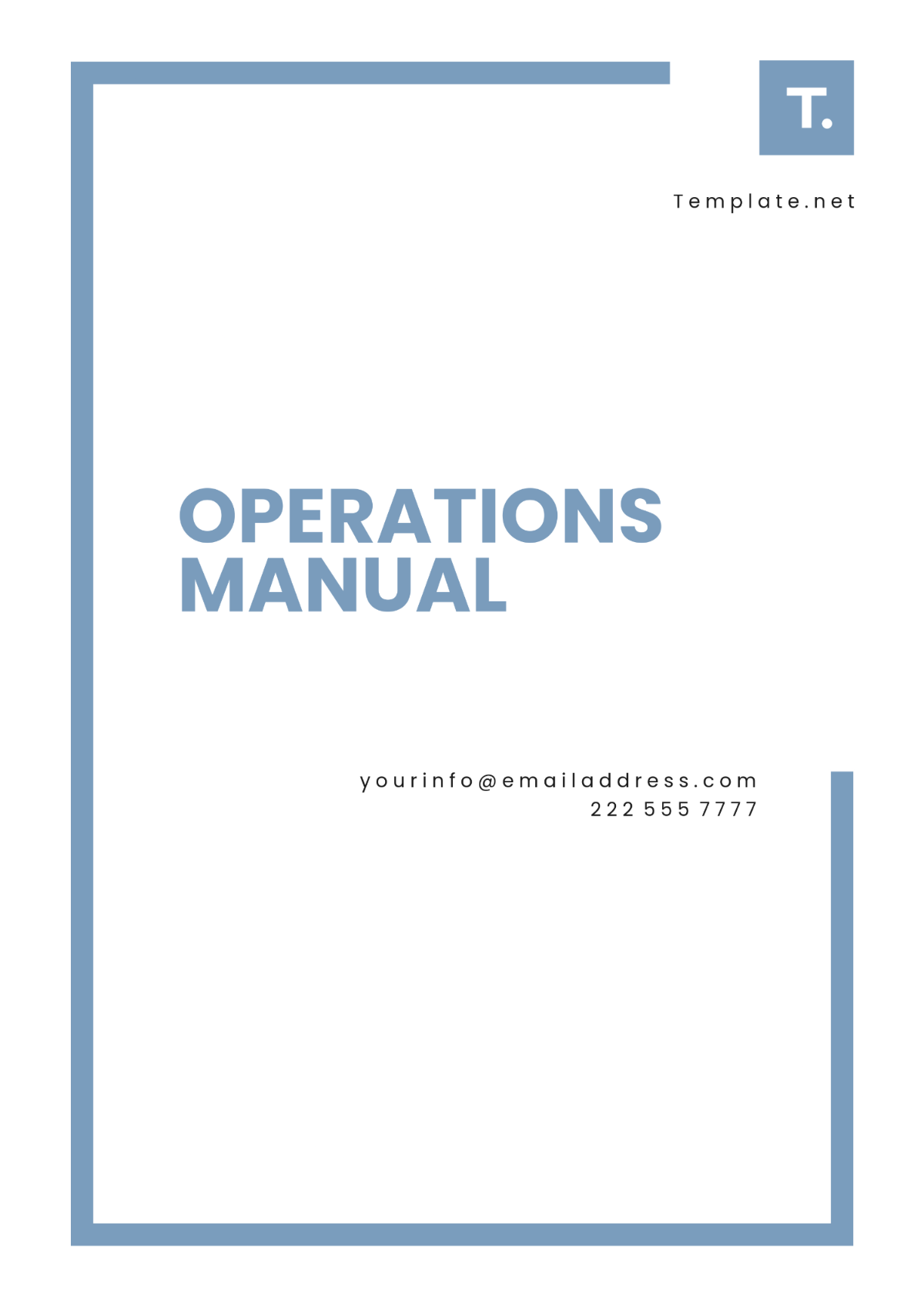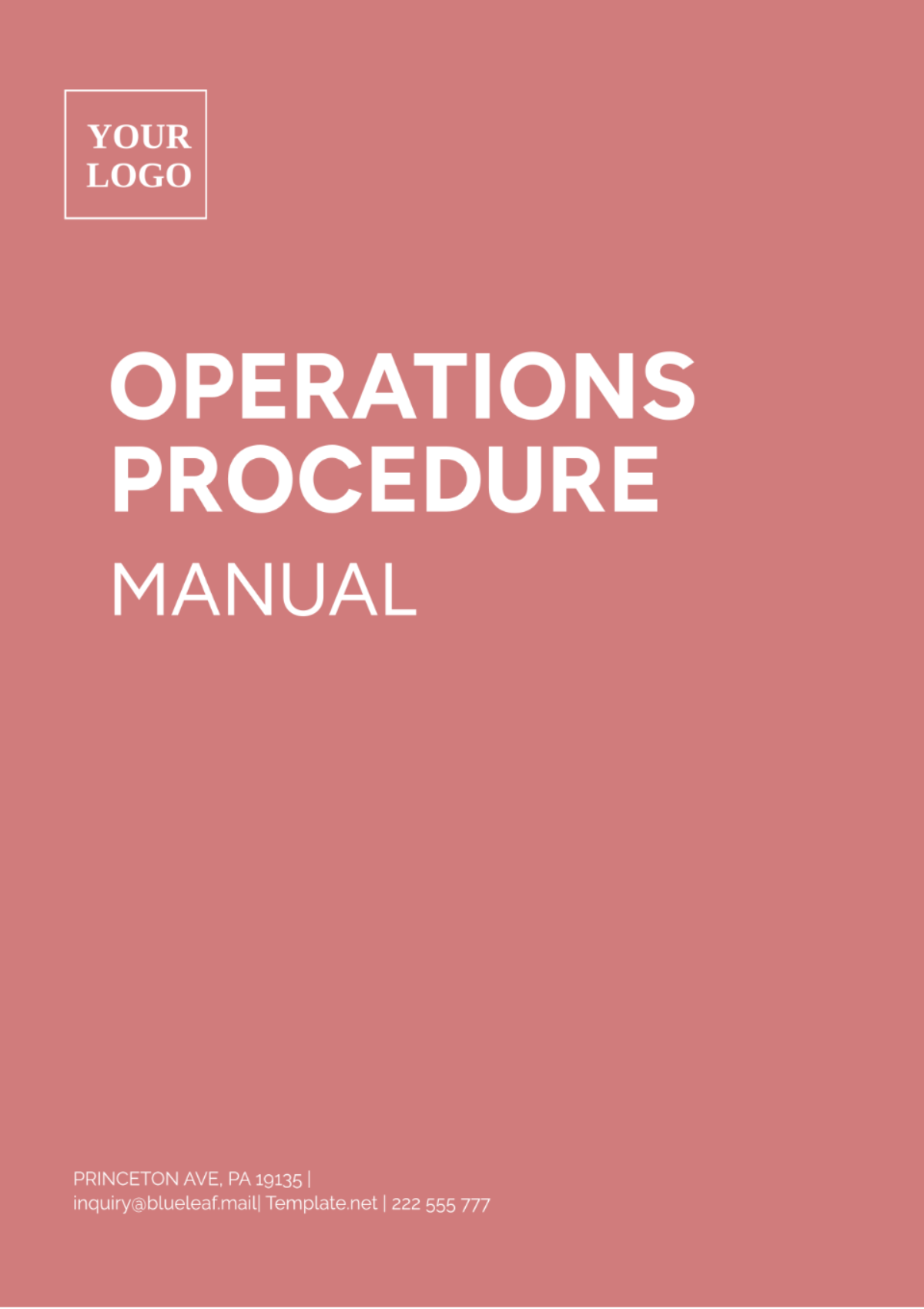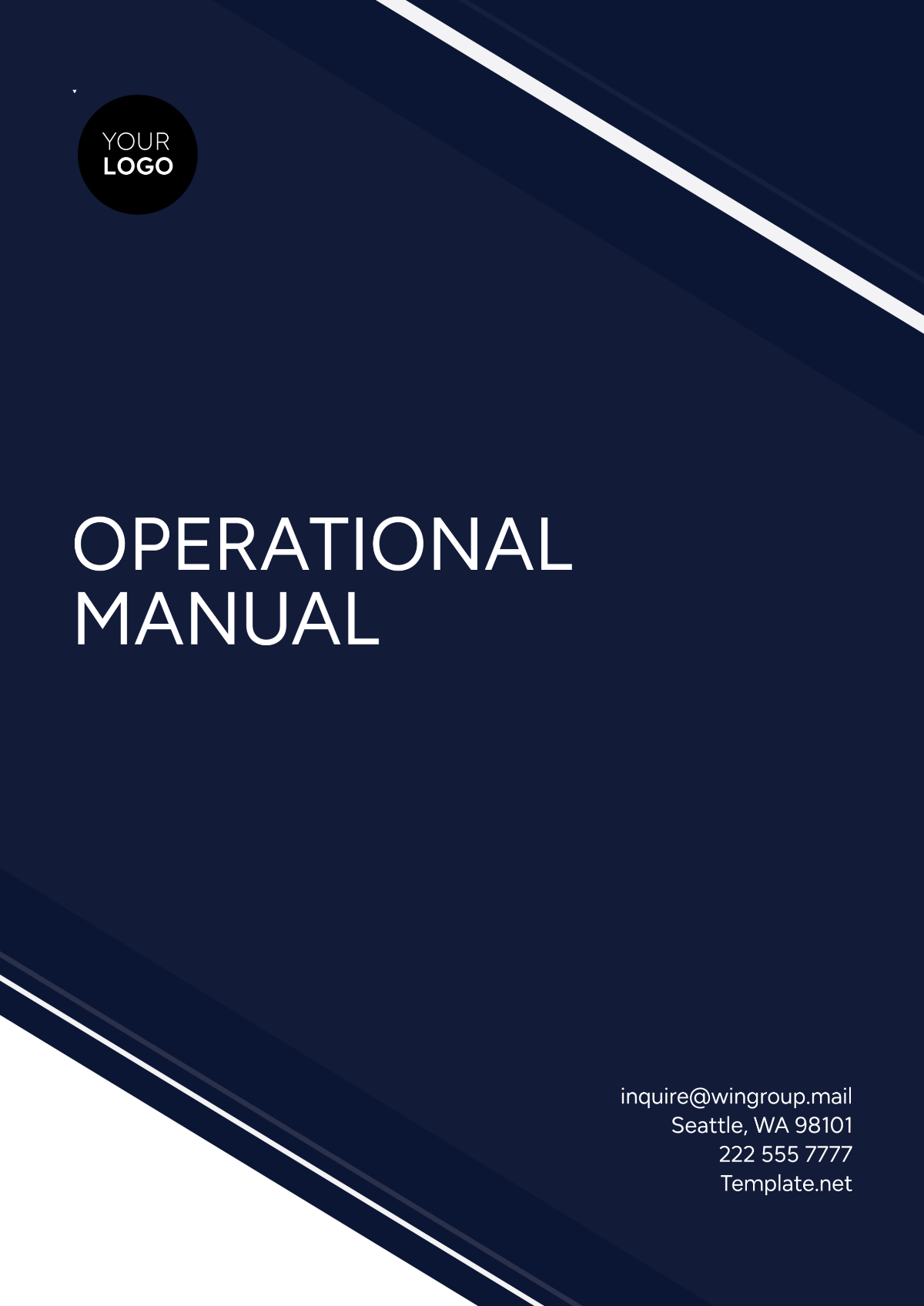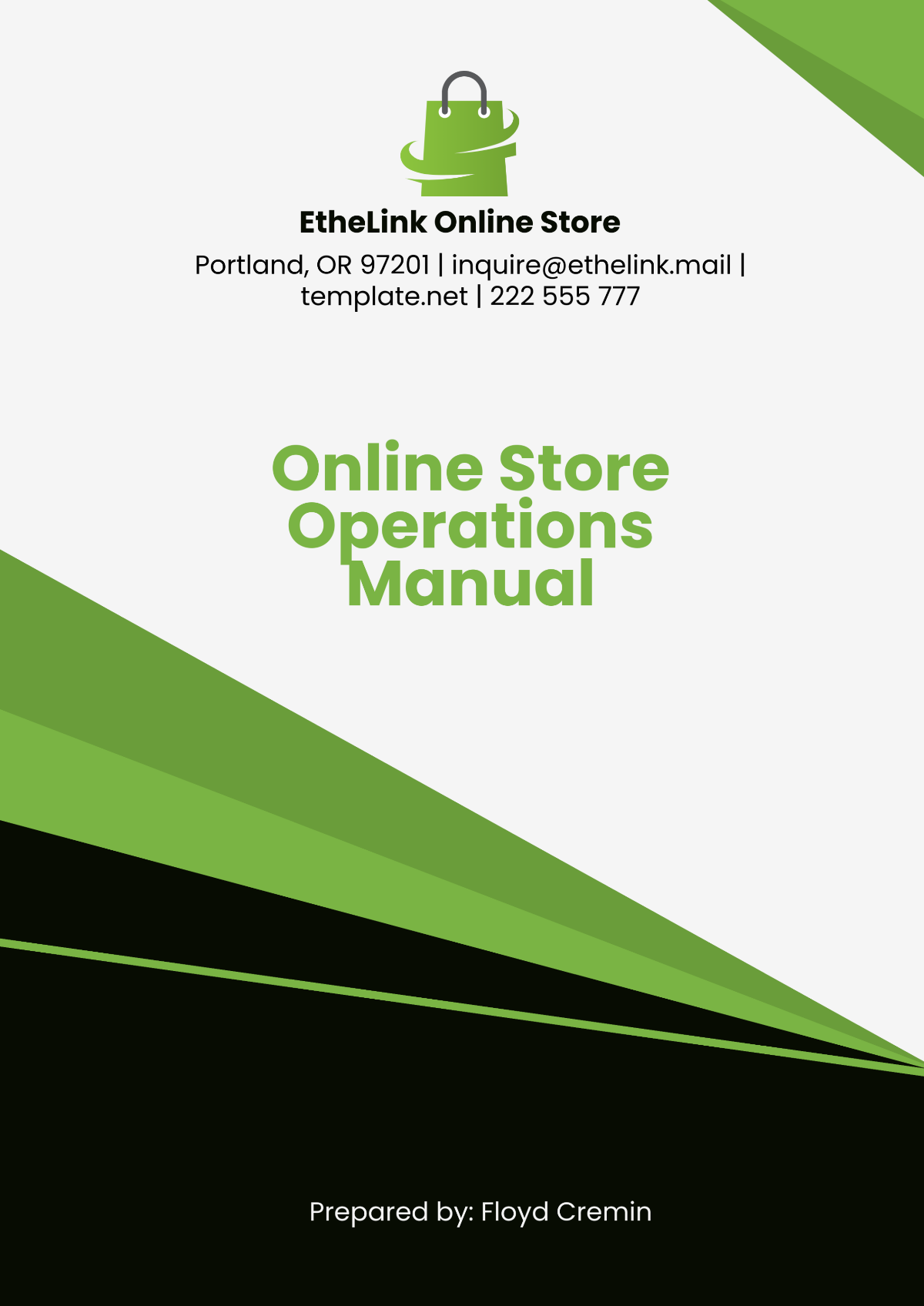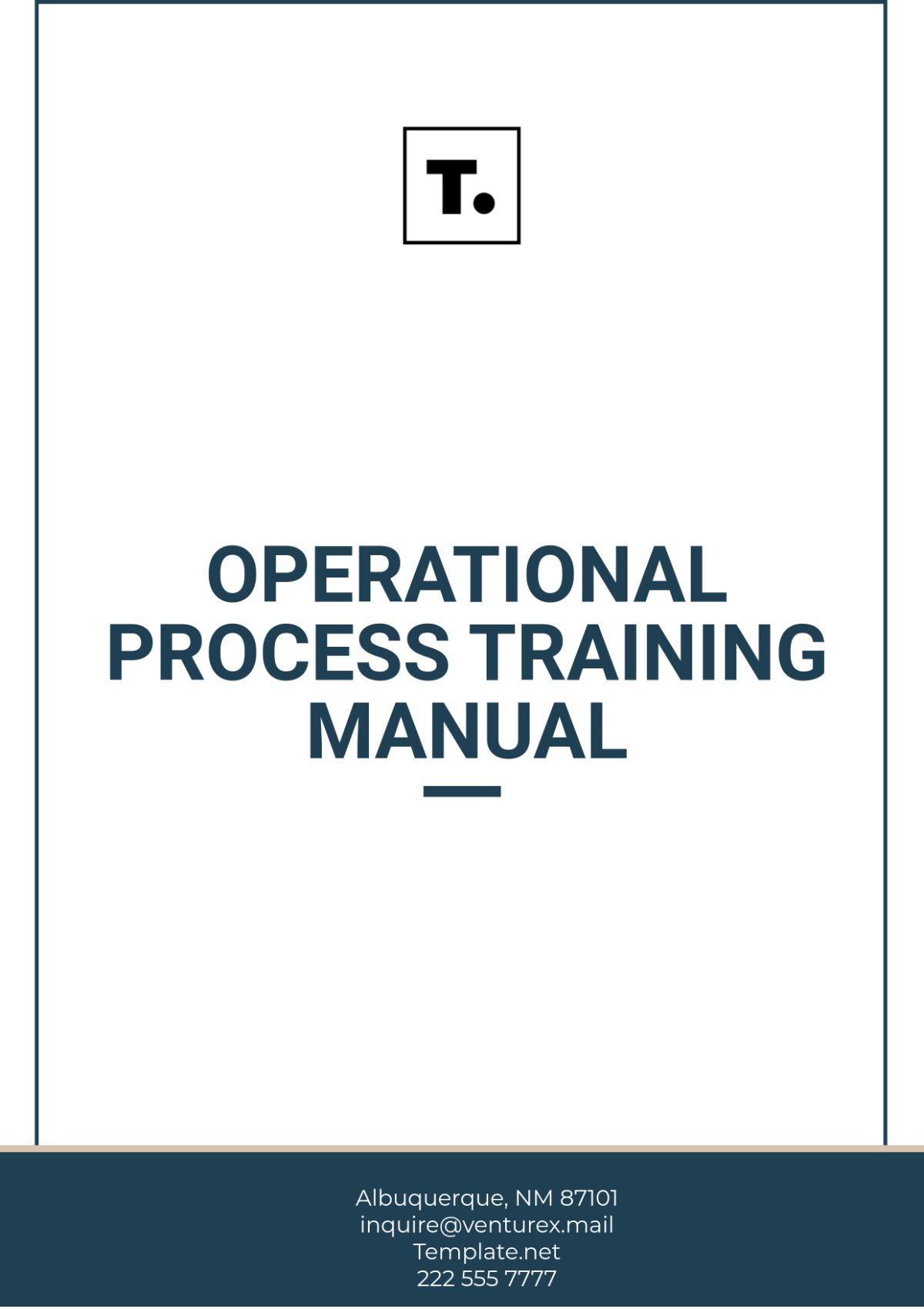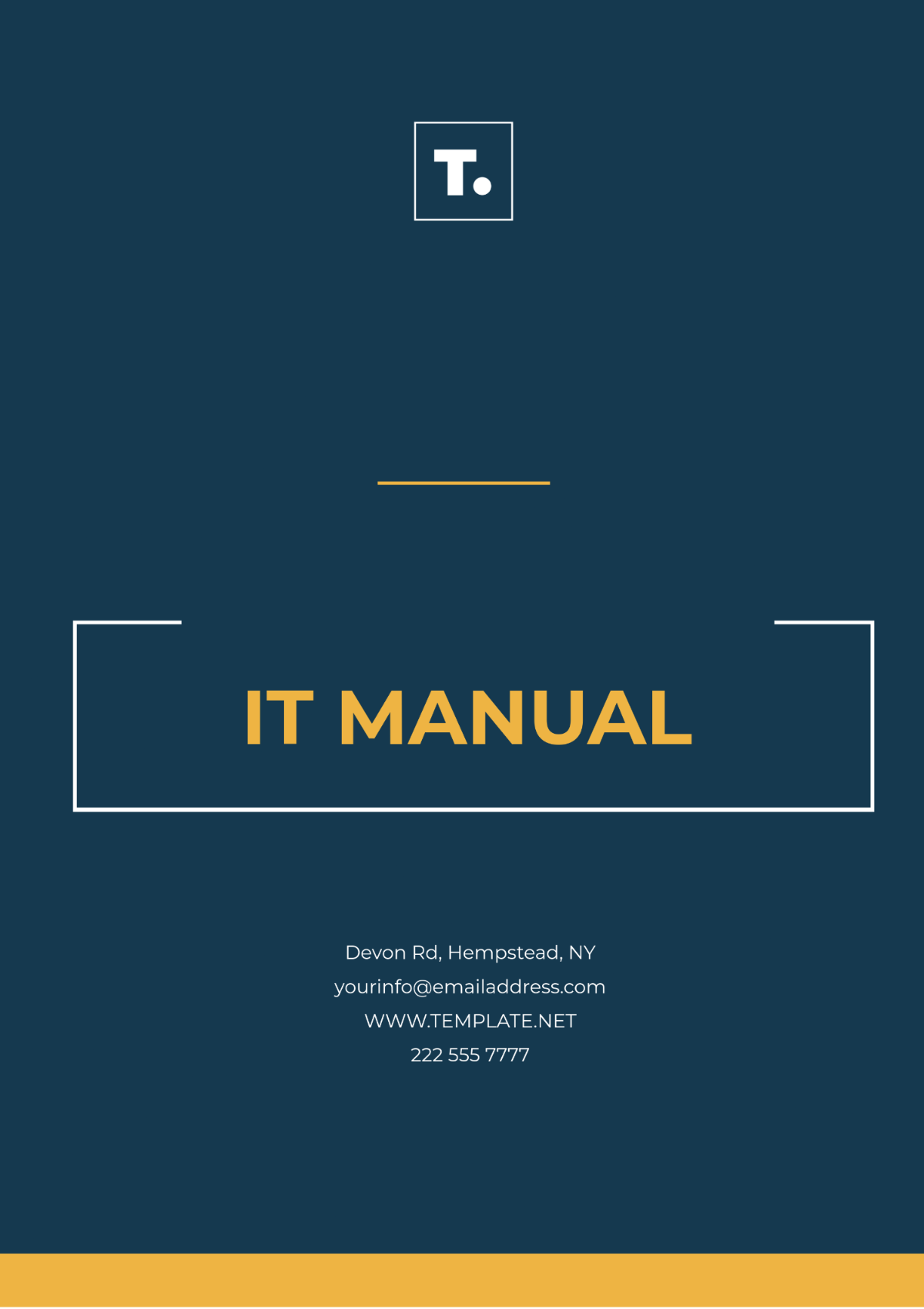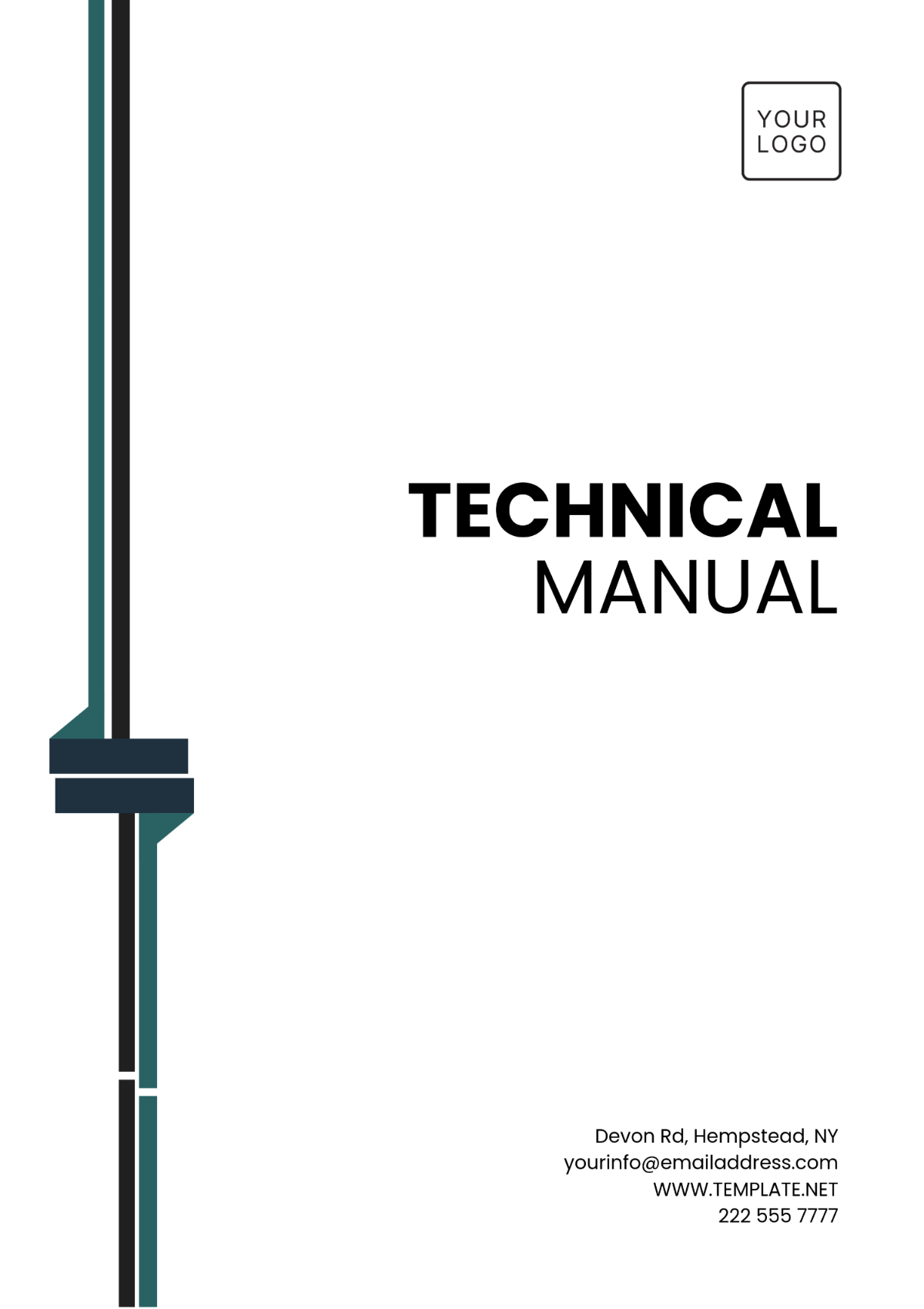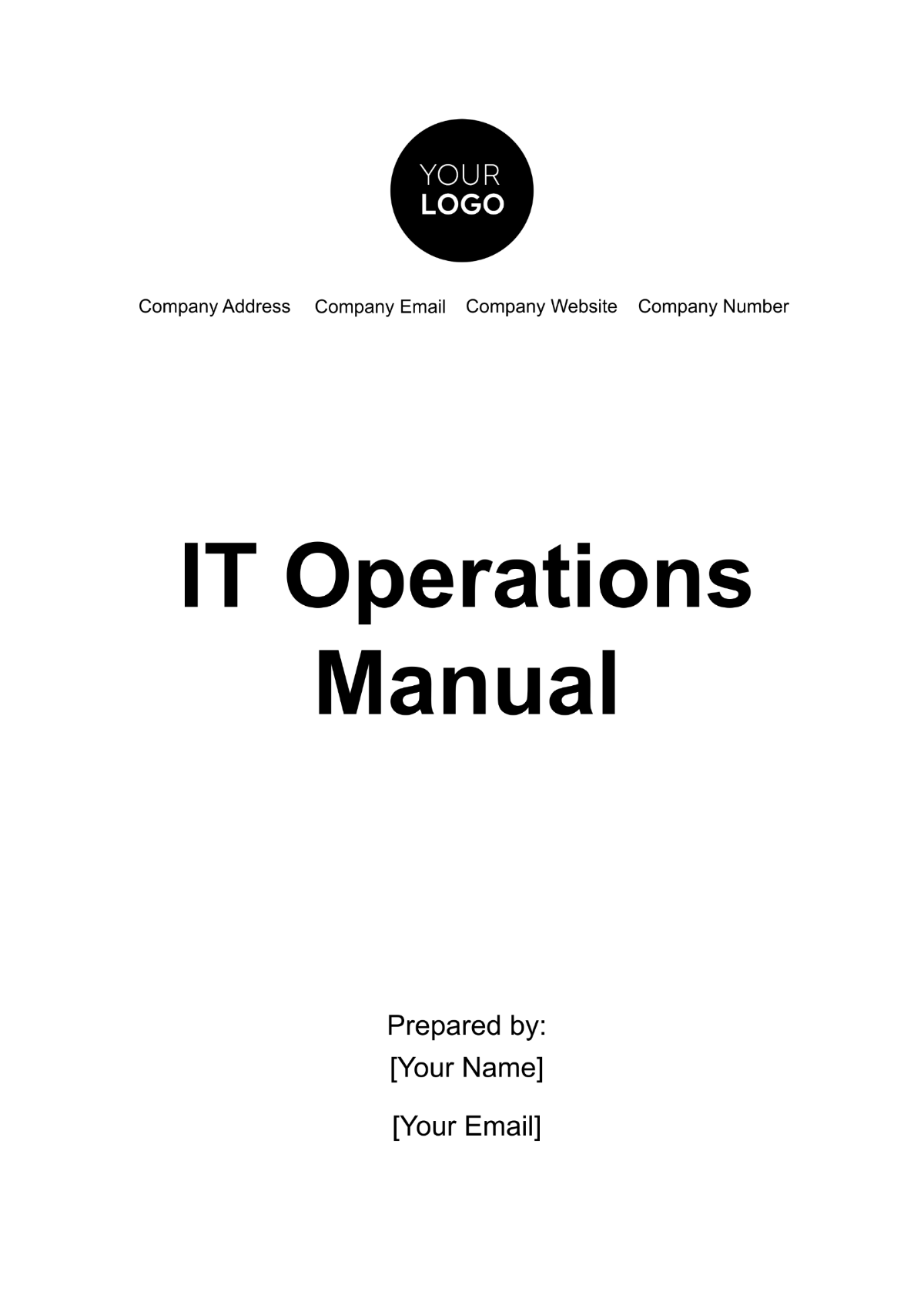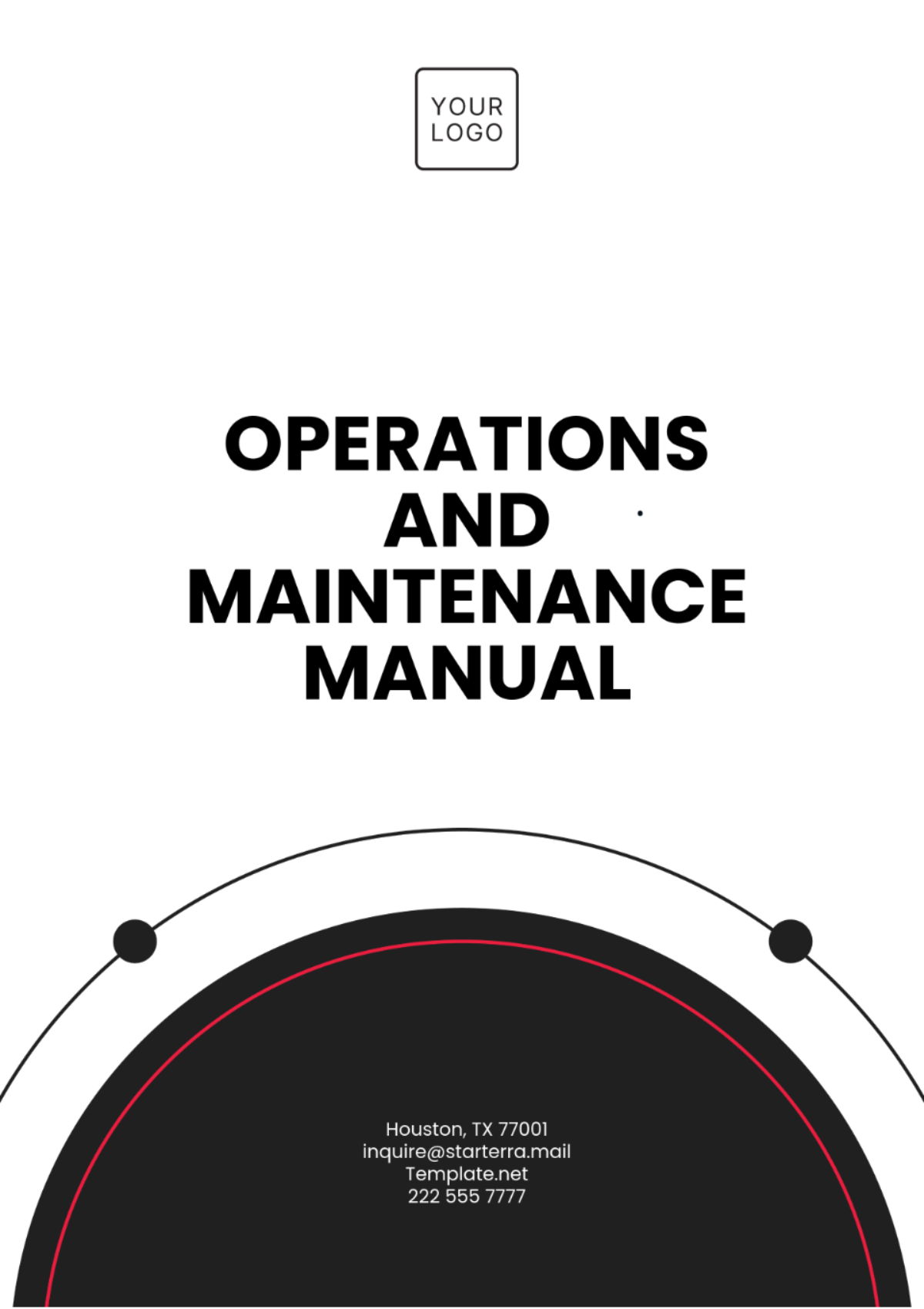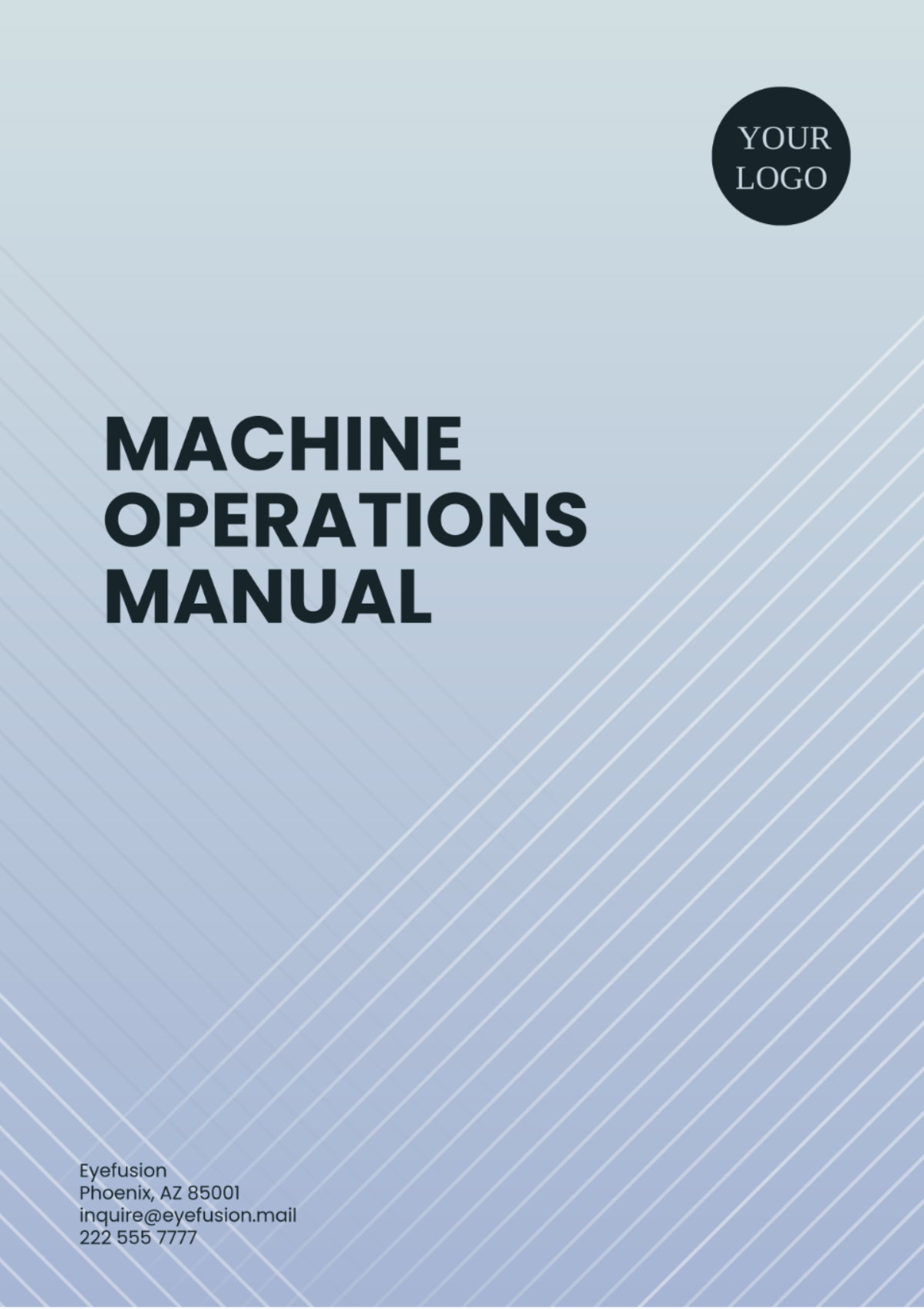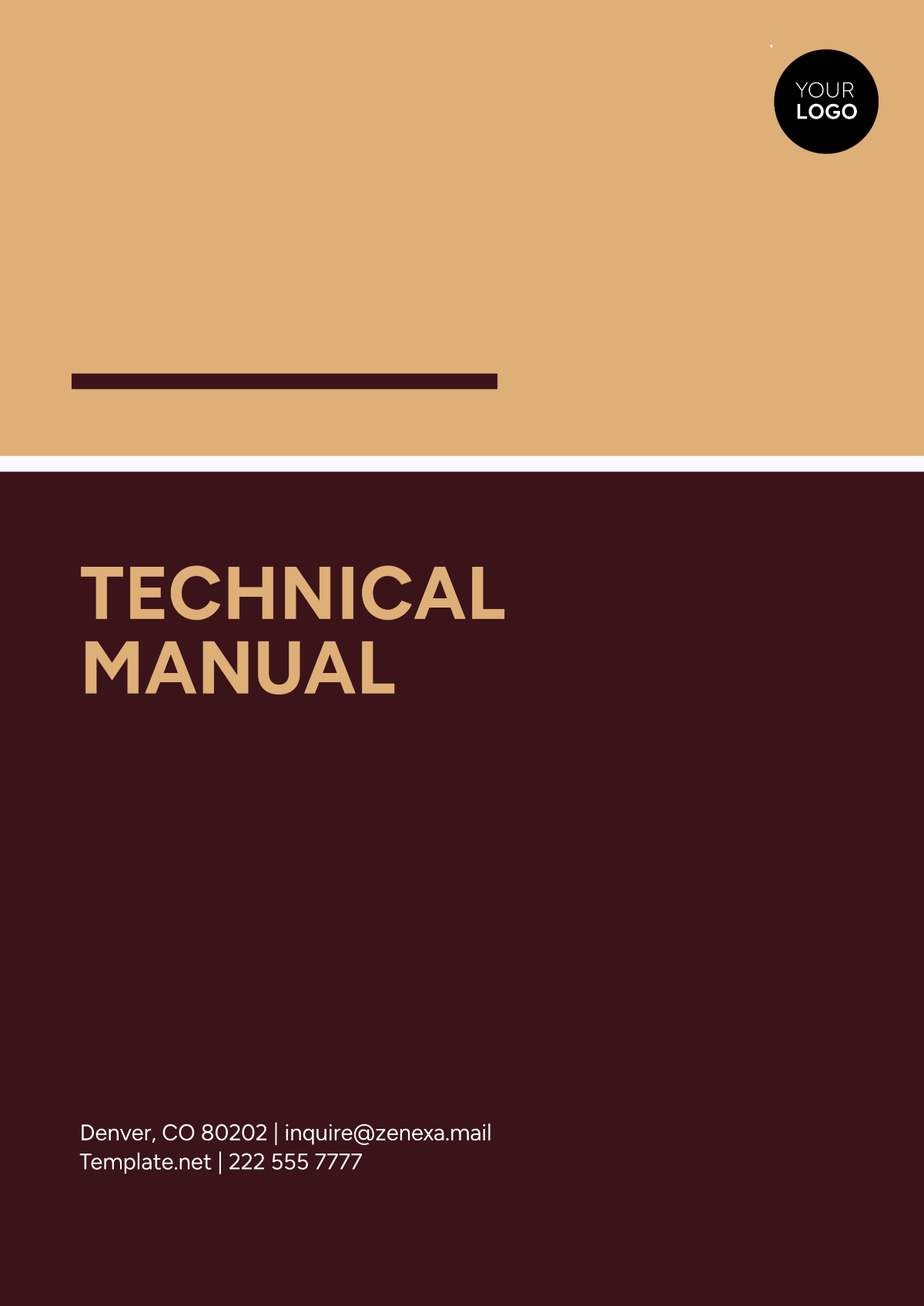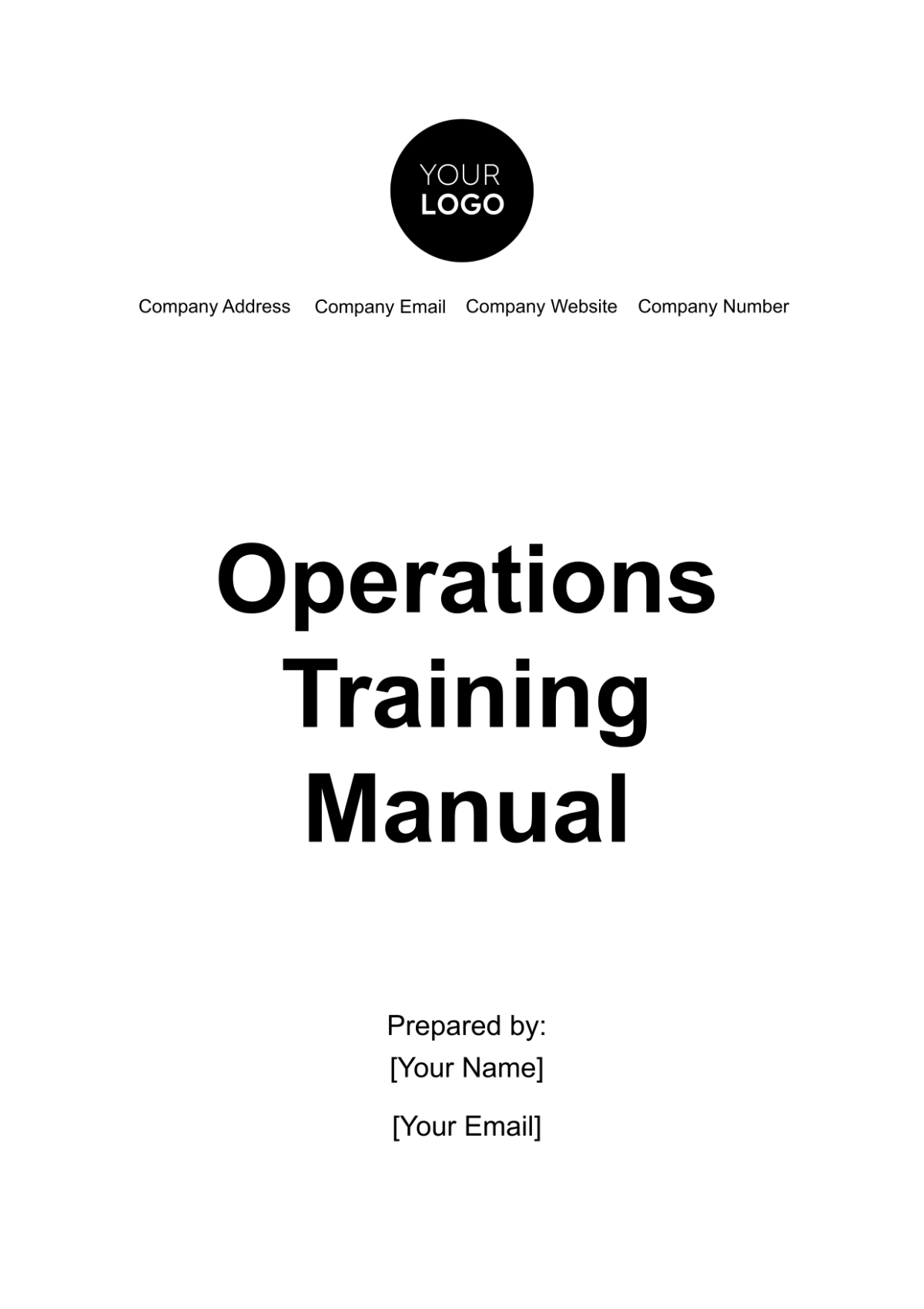Grocery Store Stock Management Manual
I. Introduction
Efficient stock management is vital for [Your Company Name] to maintain its reputation for providing high-quality products and excellent customer service. This manual is designed to offer a comprehensive guide to managing our inventory effectively, ensuring that our shelves are consistently stocked with fresh, in-demand products. Proper stock management minimizes waste, maximizes sales, and enhances customer satisfaction, ultimately contributing to the overall success and profitability of [Your Company Name]. By adhering to the procedures outlined in this manual, employees will be equipped with the knowledge and tools necessary to maintain optimal stock levels, reduce spoilage, and streamline the ordering process.
At [Your Company Name], we are committed to adhering to all relevant US laws and standards, including the Food and Drug Administration (FDA) regulations and the United States Department of Agriculture (USDA) guidelines. This manual not only covers the practical aspects of stock management but also ensures compliance with these regulations, safeguarding the health and safety of our customers. Whether you are a new employee or a seasoned manager, this manual serves as a valuable resource to support your efforts in maintaining an efficient and compliant stock management system. By following these guidelines, we can continue to deliver the high standard of service that our customers expect and deserve.
II. Inventory Management
Effective inventory management is crucial for the smooth operation of [Your Company Name], ensuring that stock levels are optimized to meet customer demand while minimizing waste and excess. This section provides detailed guidelines on stock tracking, maintaining appropriate stock levels, and the reordering process. By adhering to these practices, we can achieve a balanced inventory that supports our business goals and enhances overall efficiency.
A. Stock Tracking
Effective stock tracking is crucial for maintaining accurate inventory records and preventing discrepancies. The following practices are essential for tracking stock efficiently and accurately.
Regular Stock Audits
Conducting regular stock audits is essential for verifying that physical inventory matches recorded data. These audits should be performed at regular intervals—such as weekly or monthly—to identify and address discrepancies promptly. Regular audits help maintain accuracy in inventory records and ensure that stock levels reflect actual quantities on hand.
Using Barcode Systems
Implementing barcode systems facilitates efficient stock tracking by automating the recording of stock movements. Barcode scanners enable quick and accurate updates to inventory records, reducing manual entry errors and improving overall accuracy. This technology also enhances the speed of stock handling and simplifies inventory management processes.
Recording Stock Movements in Real Time
Real-time recording of stock movements is vital for maintaining accurate inventory data. A digital inventory management system that updates in real time as products are received, sold, or adjusted ensures that inventory records are always current. This practice supports better decision-making and enhances inventory control.
B. Stock Levels
Maintaining appropriate stock levels is essential for balancing product availability with inventory efficiency. The following guidelines help in setting and managing stock levels effectively.
Minimum and Maximum Stock Levels
Establishing minimum and maximum stock levels is crucial for balancing product availability with inventory control. Minimum stock levels prevent stockouts by ensuring that a sufficient quantity of each product is always on hand. Maximum stock levels help avoid overstocking, which can lead to waste and increased carrying costs.
Lead Times for Reordering
Understanding supplier lead times is important for timely reordering. Lead time is the period between placing an order and receiving the products. Accurate tracking of lead times helps ensure that reorders are placed well in advance, preventing stockouts and ensuring a smooth flow of inventory.
Seasonal Variations in Demand
Seasonal variations can significantly impact product demand. Analyze historical sales data to identify seasonal trends and adjust stock levels accordingly. By anticipating demand fluctuations, you can optimize inventory levels, avoid stockouts during peak periods, and minimize excess inventory during slower seasons.
C. Reordering
Timely and data-driven reordering is key to maintaining optimal stock levels. The following practices ensure that reorders are placed effectively and efficiently.
Automated Reorder Triggers
Automated reorder triggers simplify the reordering process by setting predefined thresholds that prompt orders when stock falls below the minimum level. This system reduces manual intervention and ensures that inventory levels are replenished in a timely manner, helping to prevent stockouts.
Supplier Lead Times
When placing reorders, consider the lead times required by suppliers. Accurate knowledge of supplier lead times allows for better planning and helps ensure that orders are placed at the optimal time to maintain inventory levels without interruption.
Budget Considerations
Reordering should also take budget constraints into account. Evaluate the total cost of products, including purchase price and associated fees such as shipping and handling. Aligning reordering practices with budgetary limits helps maintain financial efficiency while ensuring adequate stock levels.
III. Stock Replenishment
Effective stock replenishment is critical for maintaining inventory levels and ensuring a seamless shopping experience for customers at [Your Company Name]. This section provides detailed guidelines for receiving deliveries and shelving stock, focusing on accuracy and organization. By following these practices, we can ensure that stock is properly managed and presented to meet customer needs.
A. Receiving Deliveries
Accurate and thorough procedures for receiving deliveries are essential for maintaining inventory integrity and preventing discrepancies. The following steps should be followed to ensure all incoming stock is checked and recorded properly.
Verification of delivery against purchase orders
Checking for damages or discrepancies
Updating inventory records
Delivery Date | Supplier | Order Number | Items Received | Checked By |
|---|---|---|---|---|
[Month Day, Year] | [Supplier Name] | [Order Number] | [List of Items] | [Employee's Name] |
B. Shelving Stock
Proper shelving practices are essential for product accessibility and customer satisfaction. The following guidelines ensure that stock is organized and presented effectively.
First-in, First-out (FIFO) Principle
Applying the FIFO principle ensures that older stock is used or sold before newer stock. This practice helps reduce waste and ensures that customers receive products with the longest shelf life.
Ensuring Products Are Front-Faced
Front-facing products make them more visible and accessible to customers. Properly arranging products on shelves enhances the store’s appearance and encourages efficient product selection.
Monitoring Expiration Dates
Regularly monitoring expiration dates helps prevent the sale of expired or near-expiry products. This practice is essential for maintaining product quality and customer satisfaction, as well as complying with health and safety regulations.
IV. Reporting
Accurate and timely reporting is essential for effective inventory management at [Your Company Name]. This section covers the critical aspects of reporting, including maintaining comprehensive stock reports and implementing strategies for loss prevention. Proper reporting practices enable us to monitor inventory performance, identify potential issues, and take proactive measures to ensure operational efficiency.
A. Stock Reports
Regular stock reports are vital for gaining insights into inventory levels and addressing potential issues promptly. Maintaining and analyzing these reports helps ensure that stock levels are optimized and discrepancies are identified early.
Daily Stock Reports
Daily stock reports provide a snapshot of inventory levels and transactions for each day. These reports should include:
Date: | The specific date of the report. |
Total Stock Levels: | The quantity of each product on hand. |
Sales Data: | Number of units sold. |
Stock Adjustments: | Any changes made to inventory due to returns, damages, or other factors. |
Monthly Inventory Reports
Monthly inventory reports offer a more comprehensive view of inventory trends and performance. Key components include:
Monthly Summary: Overview of stock levels, sales, and adjustments.
Trend Analysis: Comparison of current month’s data with previous months to identify patterns.
Discrepancy Reports: Detailed account of any discrepancies found during stock checks.
Annual Stock Audits
Annual stock audits provide a thorough review of inventory practices and performance over the year. Reports should encompass:
Yearly Summary: Overall inventory performance, including total sales and stock levels.
Audit Findings: Detailed results of the annual physical inventory count.
Recommendations: Suggested improvements based on audit results.
B. Loss Prevention
Effective loss prevention strategies are essential for minimizing inventory losses due to theft, spoilage, and other factors. Implementing these strategies helps safeguard assets and improve profitability.
Implementing Security Measures
Security measures help deter theft and unauthorized access. Key actions include:
Surveillance Systems: Installation of cameras and monitoring systems.
Access Controls: Restricting access to stock areas to authorized personnel only.
Security Tags: Use of electronic tags on high-value items.
Regular Staff Training
Training employees on loss prevention techniques is crucial. Focus areas include:
Theft Awareness: Educating staff on recognizing and reporting suspicious behavior.
Proper Handling: Training on the correct procedures for handling and storing inventory to prevent spoilage.
Monitoring Stock Levels Closely
Closely monitoring stock levels helps identify unusual patterns or discrepancies. Key practices include:
Frequent Reconciliation: Regularly comparing physical stock with recorded levels.
Real-Time Alerts: Setting up alerts for significant deviations from expected stock levels.
V. Conclusion
Effective stock management is a cornerstone of successful operations at [Your Company Name]. By implementing rigorous stock tracking, maintaining optimal stock levels, and ensuring timely reordering, we can enhance inventory accuracy, reduce waste, and meet customer demand efficiently. This manual provides comprehensive guidelines to help streamline these processes, from receiving deliveries and shelving stock to generating reports and preventing losses.
Adhering to the practices outlined in this manual will enable us to manage inventory with greater precision and effectiveness. Regular reviews and updates of stock reports will facilitate informed decision-making, while robust loss prevention strategies will protect against theft and spoilage. Through diligent adherence to these guidelines, [Your Company Name] can achieve a well-organized inventory system that supports operational success and customer satisfaction.
